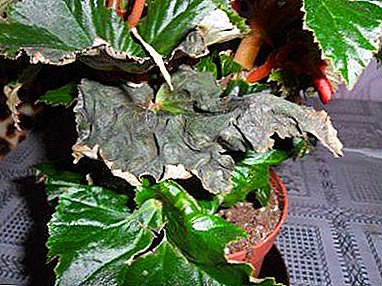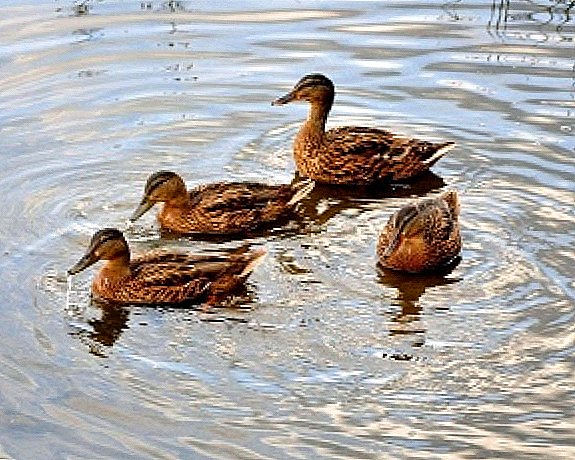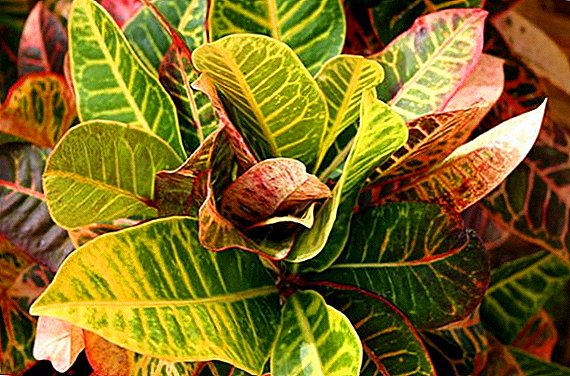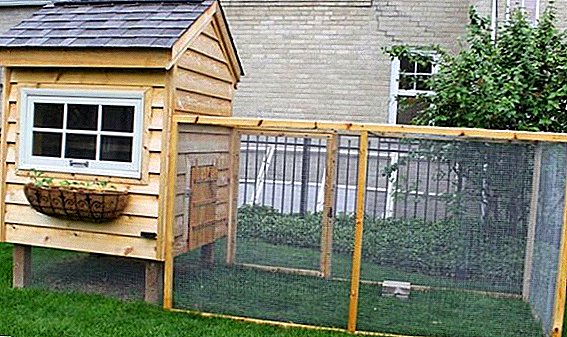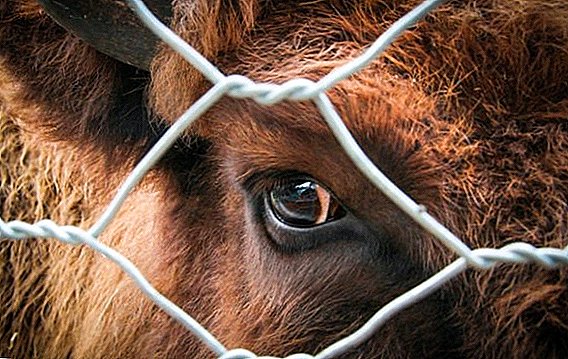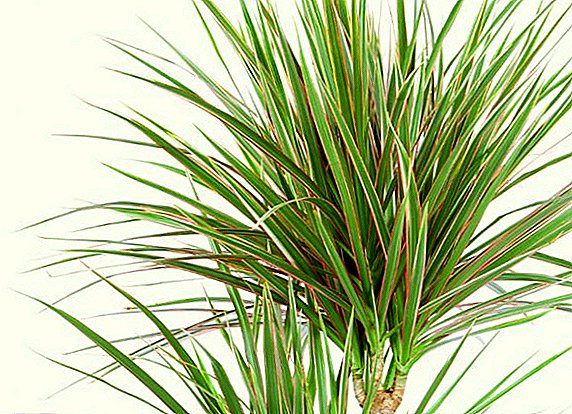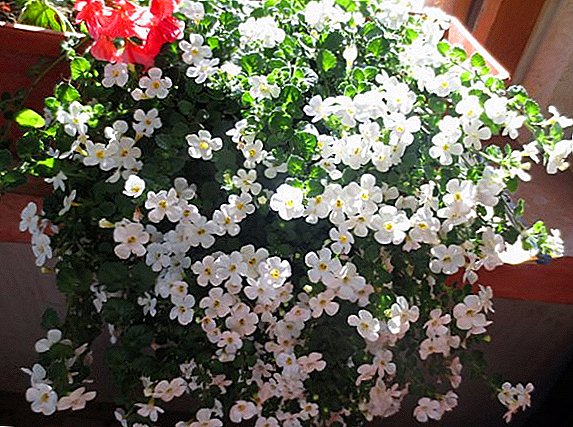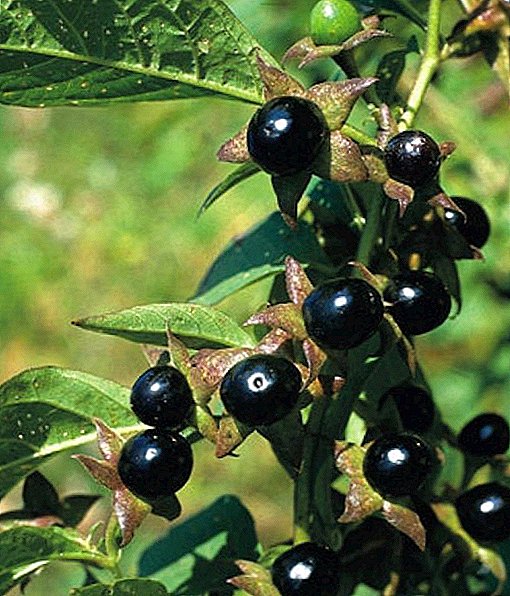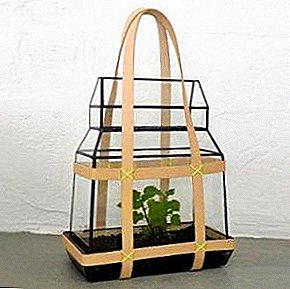
When planning the construction on the site of the greenhouse, it is necessary to clearly represent not only its appearance, but also functionalin order from the variety of design options to choose the best.
Popular types of greenhouses
Among gardeners and gardeners, the greatest success three types of greenhouses Location on:
Portable cottage
Winning people's love, portable greenhouse good in its simplicity and convenience. By design it is similar to a collapsible greenhouse, it can nevertheless be installed anywhere in the garden or vegetable garden, since it does not need a foundation.
This allows the use of a portable greenhouse as rearing measure any vegetables or herbs planted in spring in open ground.
The easiest and cheapest option It is considered a greenhouse for giving from polycarbonate "Snail", with dimensions of 1 by 2 meters.
Mini
 A mini greenhouse will be a great way out for those who prefers to grow seedlings in the open field, but can not afford a full greenhouse due to lack of space.
A mini greenhouse will be a great way out for those who prefers to grow seedlings in the open field, but can not afford a full greenhouse due to lack of space.
Mini greenhouse for giving - portable, that is, it can be installed anywhere in the site using only such selection criteria as: a flat piece of land, the absence of shade from high bushes or trees, and the availability of sunlight throughout the day.
A small greenhouse for giving is also good because its dimensions can be customized for future seedlingsby varying the shape and size of the structure, as well as experimenting with the height of the bed, fenced with bricks or bars.
Stationary
If finances and site sizes allow, you should think about the construction of a stationary greenhouse or even a winter greenhouse. Although a lot of new construction materials have appeared on the market, most summer residents prefer to build glazed greenhouses.
There are several reasons for this:
- high transparency - maximum light access;
- environmental friendliness - guaranteed absence of harmful impurities;
- chemical inertness - the absence of corrosive effects of the external environment;
- the highest resistance to wear - up to several decades;
- excellent resilience to sudden temperature changes;
- constancy of form under the influence of temperature or time;
- decent appearance, especially in combination with modern frames.
A photo
Options for greenhouses to give in the photo:





Choosing a place to install a greenhouse
When choosing the location of a stationary greenhouse, three factors should be considered:
Light mode - It is better to build a greenhouse along the length from west to east, which will allow maximum use of daylight hours. Construction should not go near high fences or fruit trees, if due to lack of space there is no other option, you need to take care of additional lighting inside the building.
Direction and strength of air flow - if the site is blown by winds, it is desirable to build a living defense in the form of a hedge from bushes located in a small distance - so that the wind does not reach the greenhouse, but does not create a zone of turbulence that destroys heat. It is optimal if the fence is located ten meters from the walls of the greenhouse.
Passage to the greenhouse - paths leading to the greenhouse should be spacious enough to allow normal operation, taking into account possible garden equipment and inventory.
Preparatory work
Foundation preparation is done after evaluation:

- the wishes of the owner;
- total greenhouse weight;
- terrain and soil type;
- weather conditions.
More often during the construction of a stationary greenhouse Choose one of three options:
The foundation of the timber - the wood treated with a protective compound will last no more than 10 years, but the ease of installation and low cost of the material completely compensate for this drawback.
Brick foundation - an ideal base for terrain with a cold climate, especially when planning a winter greenhouse, attached to the main building.
Foundation of concrete - being built during the construction of industrial greenhouses.
Land preparation for landings
To destroy harmful bacteria or diseases soil needs disinfectioncarried out both at the end of the season, and before the start of the new sowing.
After the vegetative season, healthy soil needs to be flattened and cover the winter with a layer of compost and chopped straw, which will help restore depleted microflora and provide earthworms with comfortable conditions for wintering, during which they will significantly improve the quality of the soil.
IMPORTANT! Do not ignore the quality cleaning of the greenhouse before the start and end of agricultural work. All elements are washed with a solution of vitriol, and the polycarbonate or glass is thoroughly washed.


